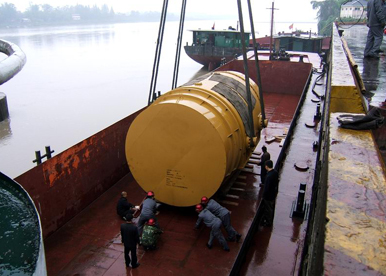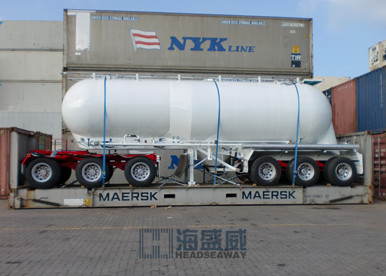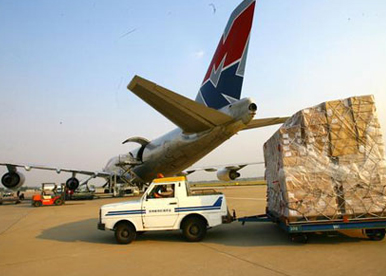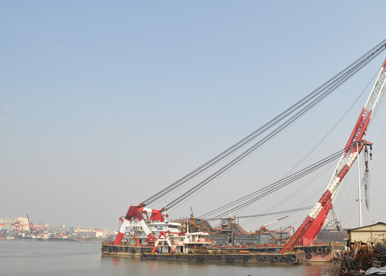(1) Classroom Knowledge on Maritime Import and Export - Loading Methods
Shipping import and export loading methods: bulk, container
Bulk
One of the modes of import and export transportation by sea, mainly involving low value goods and bulk goods.
The main carrier of transportation is scattered vessels.
The consignee and shipper under this transportation method do not have very strict requirements for the delivery time of the goods, mainly due to transportation cost considerations.
The main commodities for import and export include coal, mineral sand, grains, fertilizers, feed, barley, coke, bauxite, and other products.
container
The emergence of containers is a milestone in the history of maritime development. It has changed the world's trade pattern. Its specifications mainly include 20GP, 40GP, 40HC, in addition to refrigeration, frame, open top, and fuel tank.
20GP, also known as a standard container, is represented by TEU, and various ports and shipping companies calculate data based on TEU.
The transportation carrier of containers is specialized container ships.
This transportation method has stricter delivery time requirements and higher timeliness compared to bulk shipping. It is currently the main mode of transportation for import and export by sea.
There are many types of goods for import and export, and currently most goods can be transported in containers.
The main products include furniture, clothing, lighting, building templates, electronic accessories, shoes, bags, agricultural tools, food and other products.
container transport
Transportation method
Full Container Load (FCL) - The shipper rents a certain number of containers from the carrier or leasing company through their agent company, loads the goods, and handles the shipment with customs permission. The bill of lading issued by the carrier shall be handed over to the consignee and the goods shall be picked up against the bill of lading.
LCL (Less than Container Load) - After the carrier accepts small bills of lading from the consignor that are less than a full container, they classify and organize the goods according to the nature of the goods and the destination, consolidate the goods to the same destination into a certain quantity, assemble them into the container, and after customs approval, proceed with the shipment. After arriving at the destination, unpack and store the goods. The bill of lading issued by the carrier shall be handed over to the consignee and the goods shall be picked up against the bill of lading.
Handover method
FCL/FCL - The carrier is responsible for the handover on a full container basis, and can provide corresponding services according to the requirements of the signed contract during the handover process.
LCL (LCL/LCL) - The carrier is responsible for packing and unpacking the goods, and corresponding services can be provided during the handover process according to the requirements of the signed contract.
Handover location
CY-CY - Applicable under FCL conditions for full container transportation
Station to Station (CFS-CFS) - Applicable under LCL conditions for LCL transportation
DOOR-DOOR applies to both FCL and LCL transportation conditions
Note: "Door" refers to the manual factory or warehouse for sending and receiving goods
"Port" refers to the container yard of a port
"Station" refers to the container freight station at the port
Ranking of similar articles
- 深圳口岸经营服务企业收费公示单
- 巴拿马运河下月将迎来最大集装箱船
- 全球船厂手持订单量大幅下降
- 四大航运巨头组建数字集装箱航运联盟
- 油船市场将成限硫令的大赢家
- 菲律宾港口巨头或将收购韩进苏比克
- 太古轮船完成收购汉堡南美集团散货业务
- 深圳海盛威物流周刊(2019-3-20)
- 全球首艘极地凝析油轮在广州南沙命名
- 出口值122亿元 舟山外贸出口商品货值“老大”易主
Latest news articles
History









